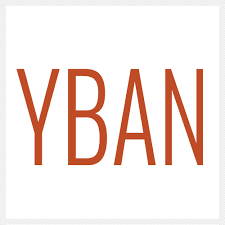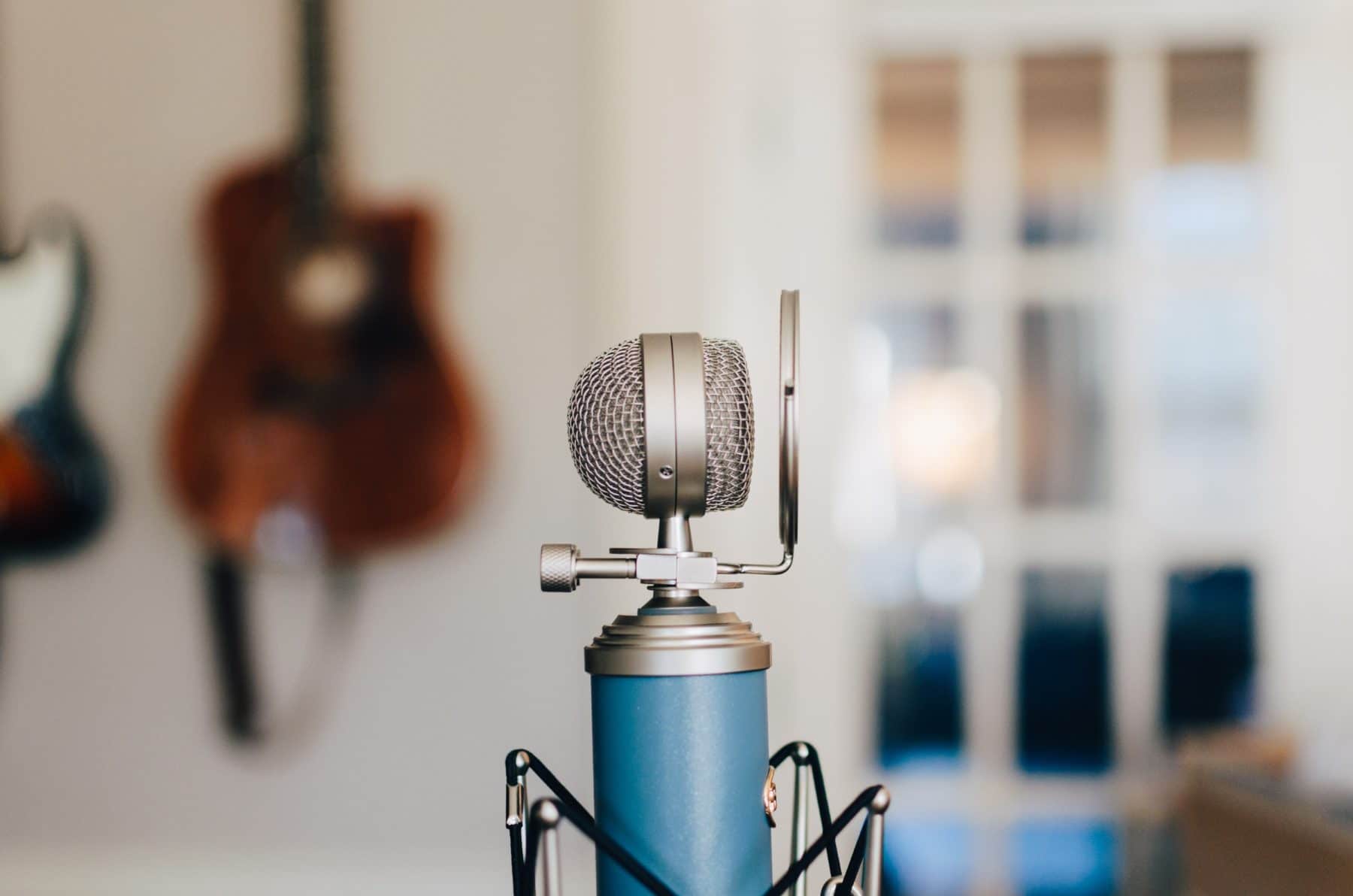New Harmony Helper App for Singers and Choirs
Satb.Sk reporter Dominika Semaňáková positions Harmony Helper as an educational tool and discusses how its features offer users the ability to practice harmonizing without others present.
Harmony Helper will give singers a digital rehearsal room in their hands
Giving competition to music apps like Smule, Harmony Helper said it plans to launch an app that gives singers a digital rehearsal room. The technology creates a learning tool that can do things like provide customizable sheet music scanning, vocal part mapping, real-time feedback, record/playback, vocal part volume control, group sharing, and more. It’s aimed at helping singers of all skill levels prepare for their time in the spotlight.
Harmony Helper Is Your New Best Friend
If you were at BroadwayCon last month, you may noticed the Harmony Helper booth on the second floor. We are so excited to finally share that on Wednesday (February 27th), the new app titled Harmony Helper will arrive in app stores! Harmony Helper, created by Andrew Goren, is the first app designed specifically to help singers learn their harmony line for their next big audition, gig, and much more!
Andrew Goren's Harmony Helper Truly Is A Singer's Best Friend
In this podcast episode, host Keith Price chats with Andrew at BroadwayCon 2019 to discuss the features of Harmony Helper and the evolution of the app in recent years.
Harmony Helper Could Be a Singer's Best Friend
Allison Considine, associate editor of American Theatre Magazine, provides an overview of Harmony Helper’s founding story, its beta program, and discusses Harmony Helper’s presence at BroadwayCon 2019. In the article, Allison emphasizes the team’s commitment to helping performers everywhere feel more confident.
What is a Vocal Harmony?
Before presenting the definition of a vocal harmony, let’s take a minute to consider the other, non-music based definitions of the word, according to Miriam-Webster:
a: pleasing arrangement of parts
b: agreement, accord
c: internal calm :tranquility
d: an interweaving of different accounts into a single narrative
Lovely word, isn’t it? When a harmony is done well, two or more vocal parts come together in an arrangement that adds feeling, depth, texture, and perhaps even a sense of tranquility to a song. Many of the singers we’ve interviewed describe the experience of singing harmonies as causing a physical sensation almost like a buzzing when they’re getting it right.
There are endless examples of vocal harmonies across just about every genre, from Broadway show tunes to traditional country to pop. If you're not familiar with what a harmony is, watch this clip of the band Joseph performing "Sweet Dreams."
https://www.youtube.com/watch?v=t4LrcP3yfTY
Okay, so you know what a harmony sounds like, but what is a harmony in music? The simplest definition is “the sound of two or more notes heard simultaneously.”
In the above example, vocal harmony happens when the second and third singers layer their voices with the other. In this next example, the duet of Lucius often sing full songs together, with their two voices almost sounding like one.
https://www.youtube.com/watch?v=8N-D7INMGvU
This isn't just random magic: chords are at play. Harmonization happens when musical notes combine into one chord often in thirds or sixths, and then into chord progressions1. In a simple two-part harmony, the first person sings the melody and the second sings above or below that melody within the chord structure. In rock or pop music, a backup singer will harmonize with the lead singer by adjusting the pitch of her note based on the lead singer's pitch so that they are in tune. In doo wop, backup singers would harmonize with each other in the background, taking the place of the instrument.
Some singers, like those involved with barbershop quartets, think of harmony as practically mathematical in nature. When they sing their four-part harmonies, getting it right is a science in which each singer has his or her own role often based on their voice type. For others, the ability to harmonize well is a skill they can’t explain but they've developed by listening and practicing, with that perfect harmony buzz as the goal. Many of the voice coaches we've interviewed who find harmonies hard to explain but easy to sing have grown up in a church setting, hearing and singing hymns when they were very young.
Singing harmony well involves factors such as pitch, timing, and amplitude, which we’ll expand upon in a later post, but for now you can use our Harmony Helper harmonizing app to hear and watch the notes that make a harmony as they float across the screen. This might help show how voices in a harmony relate to each other.
In the meantime, dig deeper on this topic by reading Rob McClure's post, "What makes a harmony good?"






